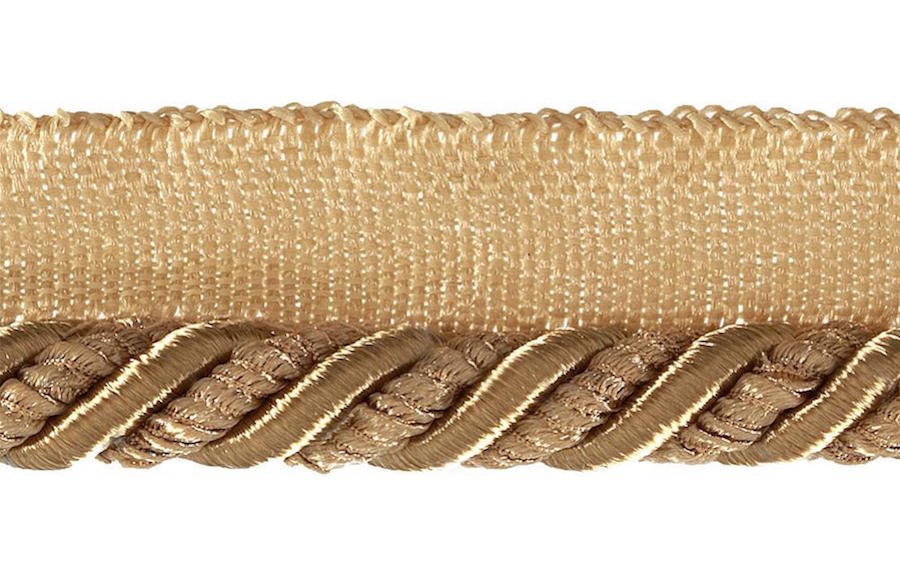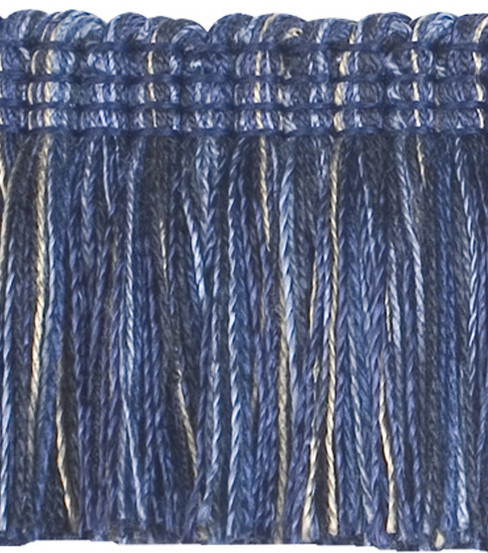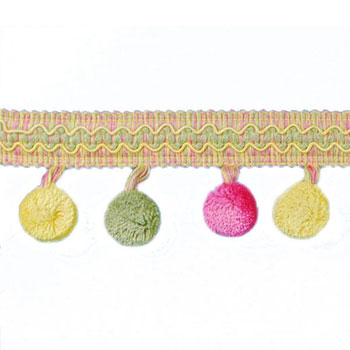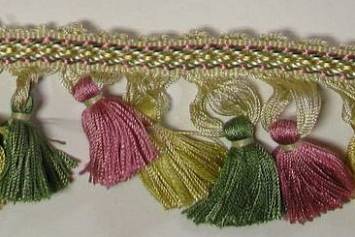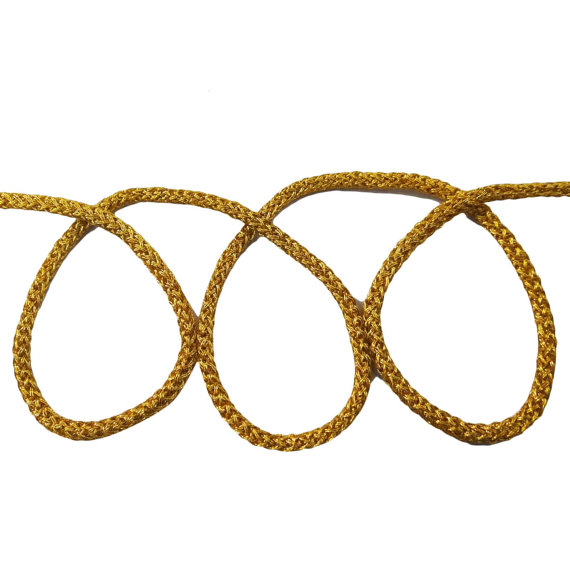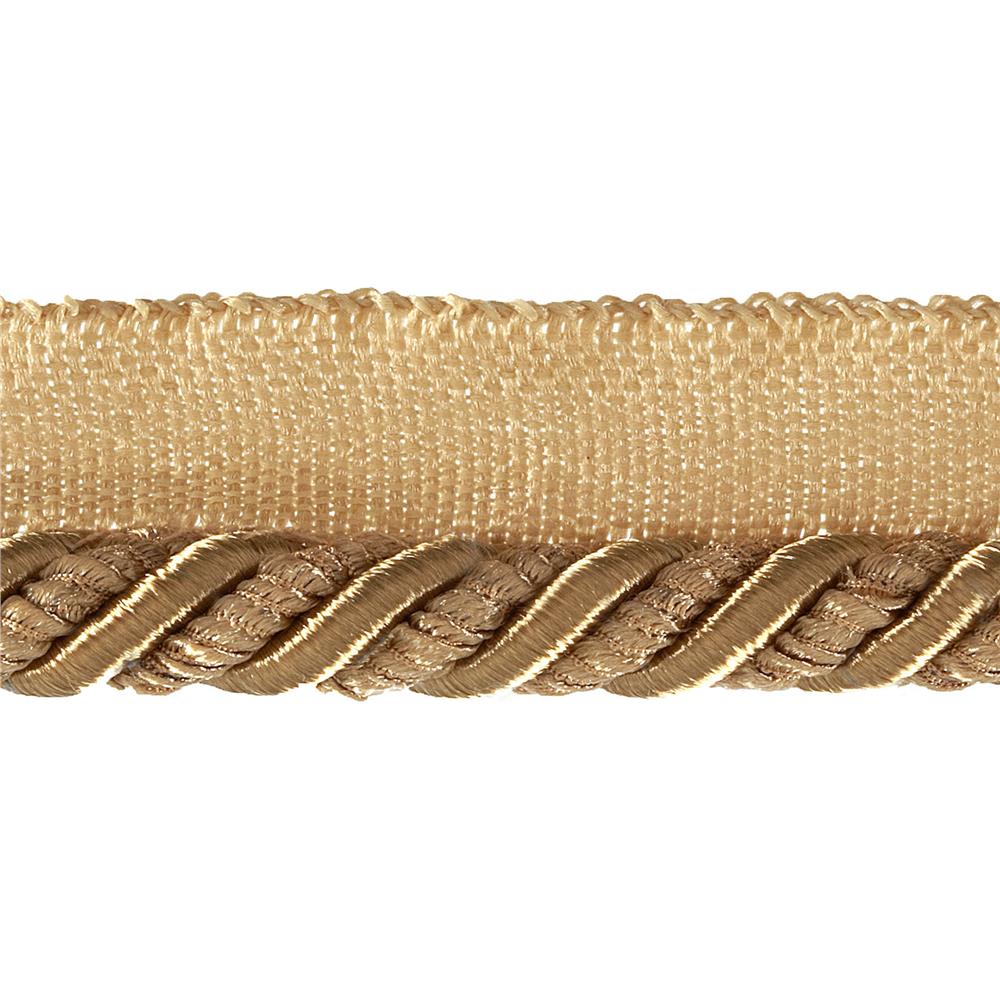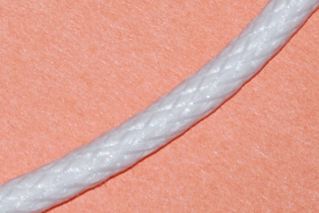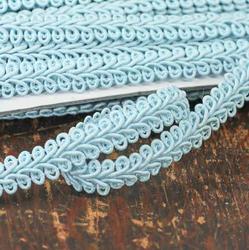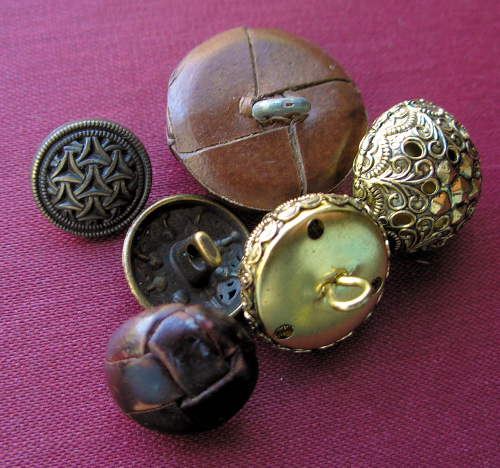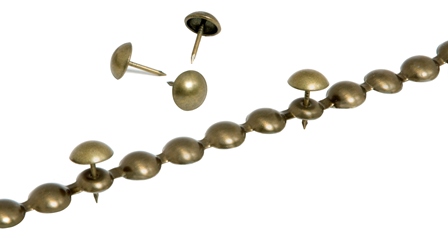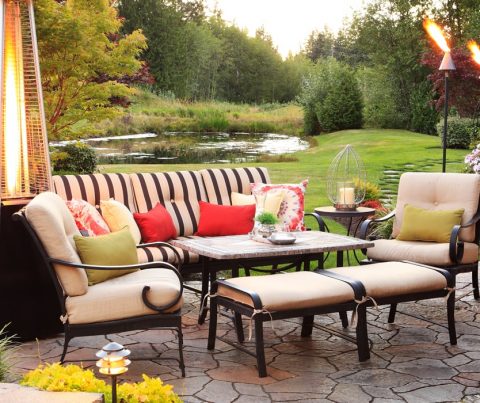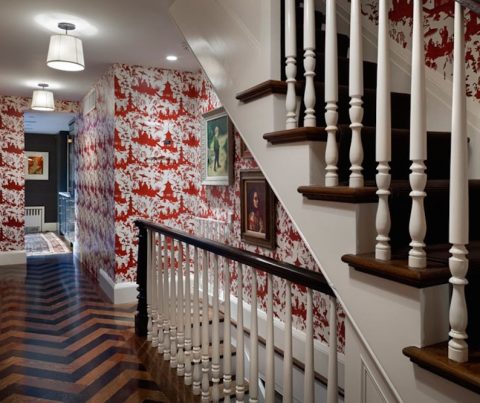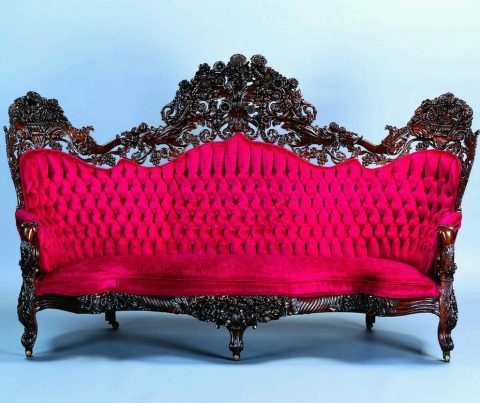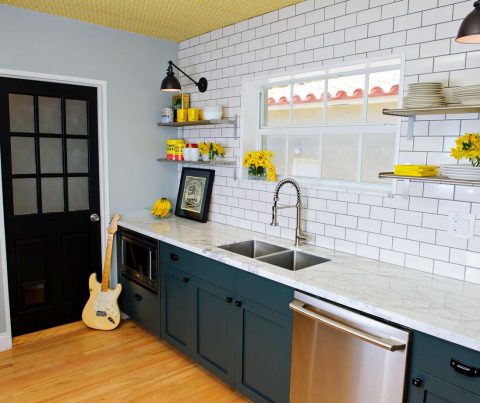The adorable dress-making scene of “Cinderella,” where enchanted animals decorated a gown for the namesake heroine, made an indelible impression on me growing up. The scene showed how a little bit of pastel beads, buttons, and ribbons could turn the ordinary into something so lovely, it made others seethe with envy. (Which unfortunately lead to the destruction of said gown, sadly.) I think of this when I’m in the trimming aisle of an upholstery fabric store, which presents hundreds of design possibilities with every little packet or spool.
As a result, I have an embarrassingly large collection of trims – more than I have upholstered pieces in my home. After all, who can resist glittering beaded fringe? Or adorable vintage-y ball fringe?
Generally, upholstery trimmings can be divided into three main families: Fringe, Cording, and Braid. Here’s a brief primer on the different sights you’ll find in these categories, plus a few other favorites. Hopefully, this won’t inspire any hoarding!
The Fringe Family
Classic Fringe:
An ornamental border of hundreds of threads that’s a favorite for costumes, pillows, and drapes. Also goes by the name of chainette fringe (when super-fine), buillion fringe (which is thicker and metallic), and brush fringe (a double layer or more fringe).
Ball Fringe:
My favorite. This features little pom-poms suspended from a ribbon by threads. Occasionally, the pom-pom is accented by a bead. When it’s just beads, it simply becomes “beaded fringe.”
Tassel Fringe:
Why display one tassel when you can have a whole bunch? This trim can go whimsical or fancy, depending on the colors. Sometimes, the tassel will be tied off at the bottom with a thread, creating an onion shape (thus earning the name “onion fringe”).
The Cording Family
Braided Cord:
This classic accent is traditionally used on uniforms but also can be appliqued to furnishings. (It makes a lovely “outline” for a monogram, for instance.) It’s made by braiding fibers in various patterns.
Lip Cording:
Picture a grosgrain ribbon that’s bordered on one side by braided cord. This allows you to use this trim to disguise seams or add a decorative edge to upholstered pieces. Simply sandwich the flat side between two edges of fabric.
Welt Piping:
Usually, this refers to unadorned white braided cord. It’s plain because it’s not meant to be seen. Instead, you create a little sleeve from fabric, then insert the welt piping, creating a custom look.
The Braid Family
Gimp:
A truly unfortunate name for a beautiful product. It’s made of sateen cords, or hemp, and occasionally chenille, all braided to create elaborate dimensional patterns.
Flat Braid:
It pretty much looks like woven ribbon. The braided fibers sit flat, often including intricate designs
Miscellaneous Trims
Shank-Back Buttons:
These have a little loop in the back so you can affix the button to a surface without showing your stitches. Very handy.
Nail Trim:
A dome-like top gives way to a sharp tack. Nail trim is simply hammered into place, or you can buy faux nailhead trim, which just has the tops affixed to a length of ribbon. Or, you can buy lengths of faux nailhead (sans ribbon) which can be affixed to upholstery with a few tacks. Studs are a type of nail trim that usually have a more decorative top.
Top Image Credit: Fabric.com
